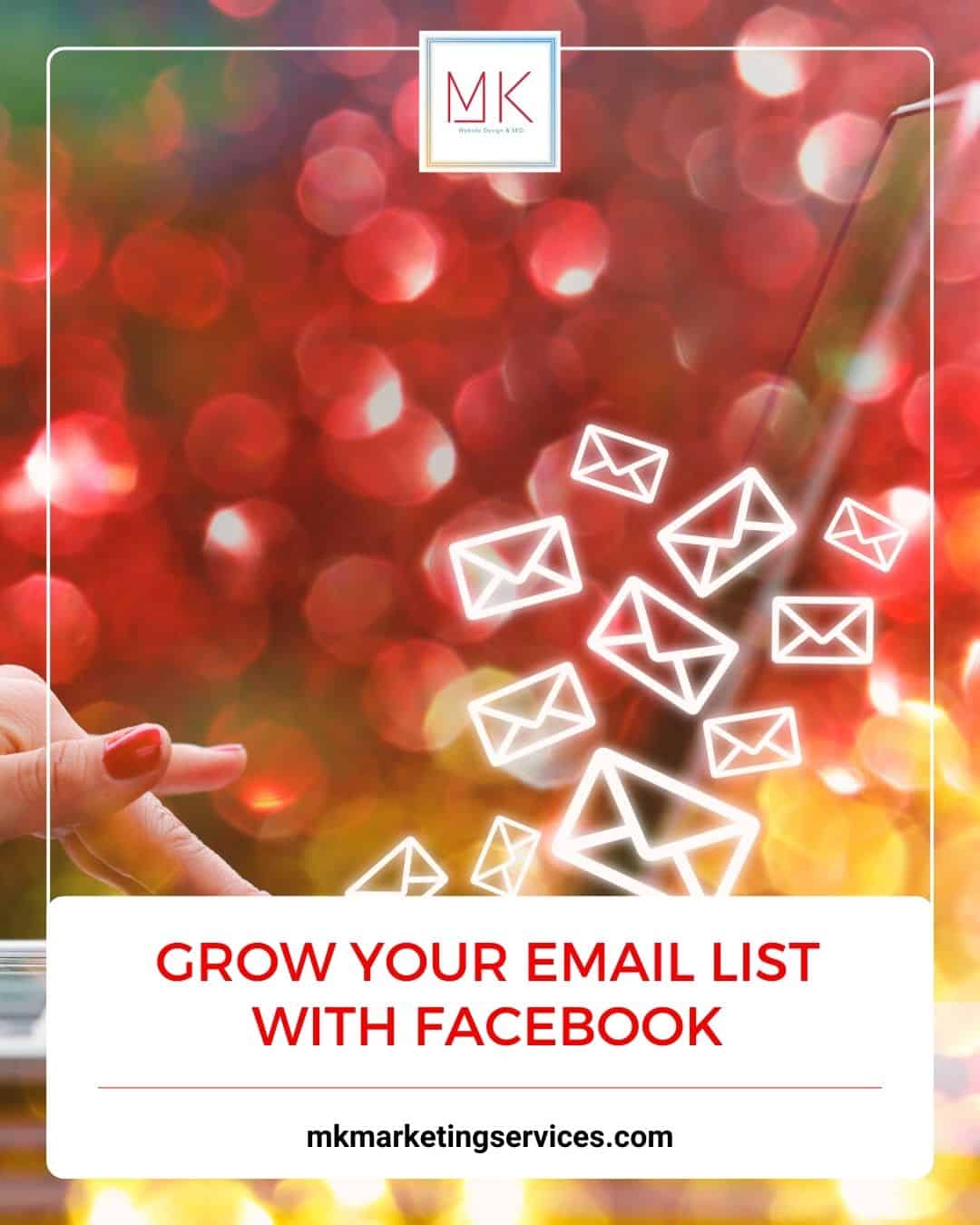4 Professional Ways to Grow Your Email List with Facebook
Do you need more email subscribers? Do you want to know how to add Facebook followers to your list? Facebook offers many methods for generating email subscriptions ranging from page features to organic posts. These methods can fuel your email marketing. This article will lead you to grow your email list with Facebook pages.
Grow Your Email List with Facebook
Here are the details on how to grow your email list with Facebook!
1- Set up a signup action button on your Facebook Page
Do you want to make it simple for prospects to subscribe whenever they visit your company’s Facebook page? You can customize the action button on your page to accept email signups. The setup process is the same whether you utilize the classic or new page experience.
Open Facebook and navigate to your page if you’re using the new page’s experience. To enter the page menu, click the three dots next to the Edit button and then pick Edit Action Button. Hit the Sign up and then Next. Enter the email from the URL and click Save.
Following these procedures, anyone who visits your Facebook page can effortlessly subscribe to your list. You can drive signups passively by creating organic or paid content that directs potential consumers to this call to action (CTA).
2- Drive Traffic to Your Newsletter Opt-In Landing Page Using Facebook Info and About Section Links
Because Facebook pages can only have one action button, it may be impossible to allocate this space to email signups. After all, increasing the number of subscribers may not take precedence over other goals, such as increasing eCommerce sales or communications.
Other alternatives for acquiring subscribers exist if you include links to your company’s Website on your Facebook page. For example, include a link to your company’s home page or contact page in the Info or About part of your Facebook profile.
You can include an integrated or pop-up email signup form on these linked landing pages. As a result, if you connect to your Website from your Facebook page or posts, you can gain new subscribers.
3- Provide a Signup Bonus
If you have an active Facebook following, you don’t have to wait for potential subscribers to visit your profile and touch your action button. Instead, include signup links in the organic postings on your page.
Keep a few recommended practices in mind to receive the most remarkable outcomes from this method. While you can undoubtedly add registration links to your Facebook captions, the platform’s algorithm may not favor material with external URLs. If your posts generate new subscriptions, try putting the link in the comments instead.
It’s also worth noting that followers may not subscribe to your list if they don’t believe they’ll benefit from it. Consider offering incentives to increase signups. For instance, you could give new subscribers a discount or a gift when they purchase from your eCommerce business.
4- Run Traffic Ads
Use the traffic target in Ads Manager to drive potential subscribers to your Website. Select Website as the conversion location and Landing Page Views as the optimization action at the ad set level.
It’s worth noting that the default optimization step for traffic advertising with website conversions is Link Clicks in Ads Manager. Although this optimization measure is likely to result in more clicks, it is still being determined that more users will load and interact with your site.
Use a creative that entices consumers to click and select a destination that will likely drive email signups at the ad level. You may link to a high-performing blog article relevant to your target audience’s interests and needs.
Conclusion
You have a variety of alternatives for generating email signups from your Facebook page, depending on whether an engagement- or link-based approach works best for your target demographic.
Incorporate the methods mentioned above into your Facebook plan to make the most of the platform’s paid and organic tools and boost your marketing skills.
For more marketing articles, visit MK Marketing.













